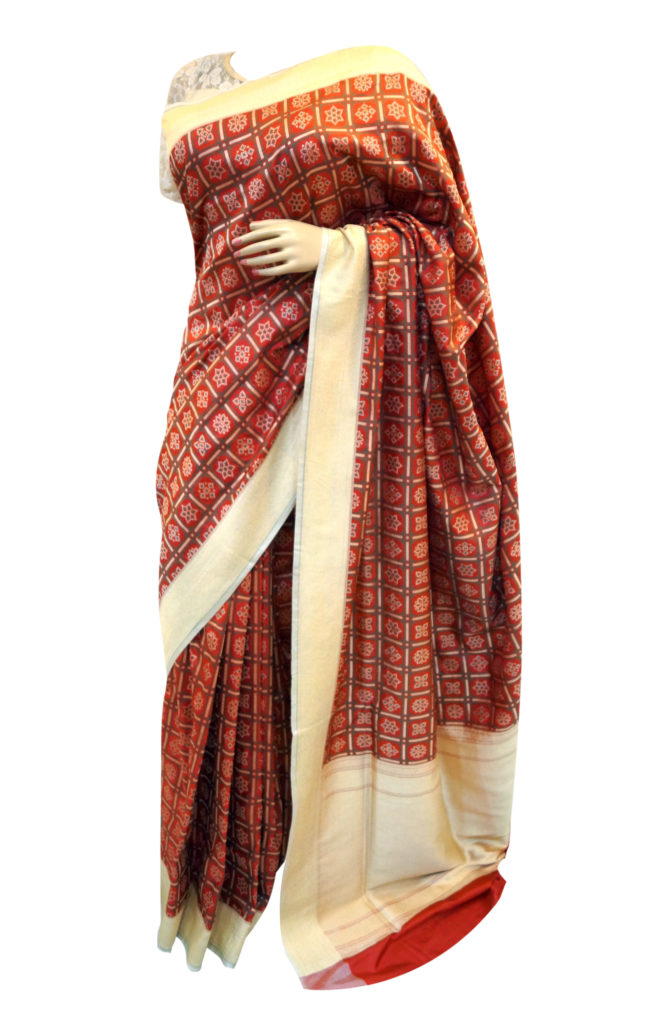BRICS or Brazil, Russia, India, China and South Africa is neither an organization or institution but an annual summit between these countries that represents 3 Billion people or 40% of World Population and accounts for $20 Trillion of GDP which is growing at a rate of 28%. With the Central Government’s Make in India policy getting a big push, it is exactly in summits like these that India can encash this brand proposition. In fact the better the relations among these nations, the better it will augur for them and indirectly for the world. The growth of trade among these nations is a win-win scenario for all. In fact each country is currently battling its own set of issues, whether it is Brazil’s biggest recession, Russia’s falling economy in Russia, China’s and South Africa’s stagnant growth and India’s lack of jobs. The idea of this summit is to provide a collaborative fillip to mutual trade and economy and help each other mitigate problems and aid mutual growth.
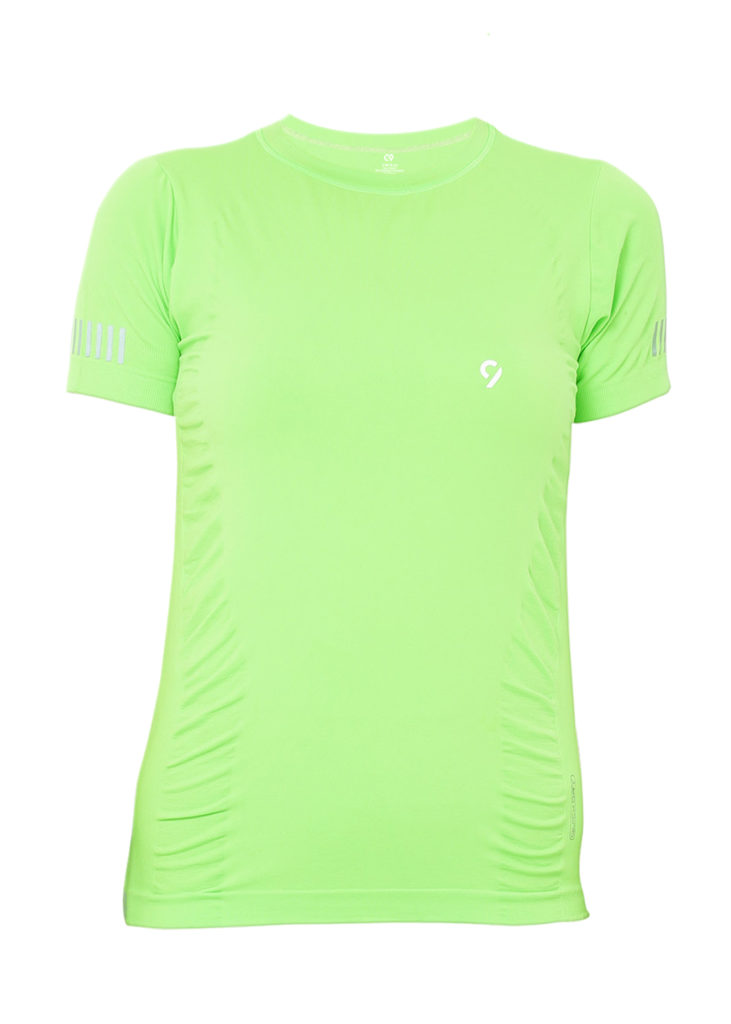
BRICS Impact
“The relevance of BRICS has dimmed considerably. If we look at the countries comprising it, all of them barring India, have shown slowing economies. Also Russia and China are trying to increase their influence in Asia by supporting various regimes. The recent BRICS Summit, which commenced just after the Uri attack, strained the relations between India and Pakistan. China being a strong ally of Pakistan has not helped. While there might be some impact due to straining of relations with a trading giant like them in the near term but overall impact will not be substantial on the trade industry in India. Even though a lot of consignments with regard to raw materials, clothing supplies and other apparel related features are imported from China. The supply from China is cost-effective for businesses in India. However, after China, India’s strongest trading partner is Russia & Brazil. India’s EXIM trade with BRICS nations was strong at 6.5 per cent and 7.8 per cent, respectively, in 2015 and 2016. We will have to wait and see what the impact will be,” says Pranal Modani, Director, Sangam Lifestyle Ventures Ltd., a Sangam group initiative.
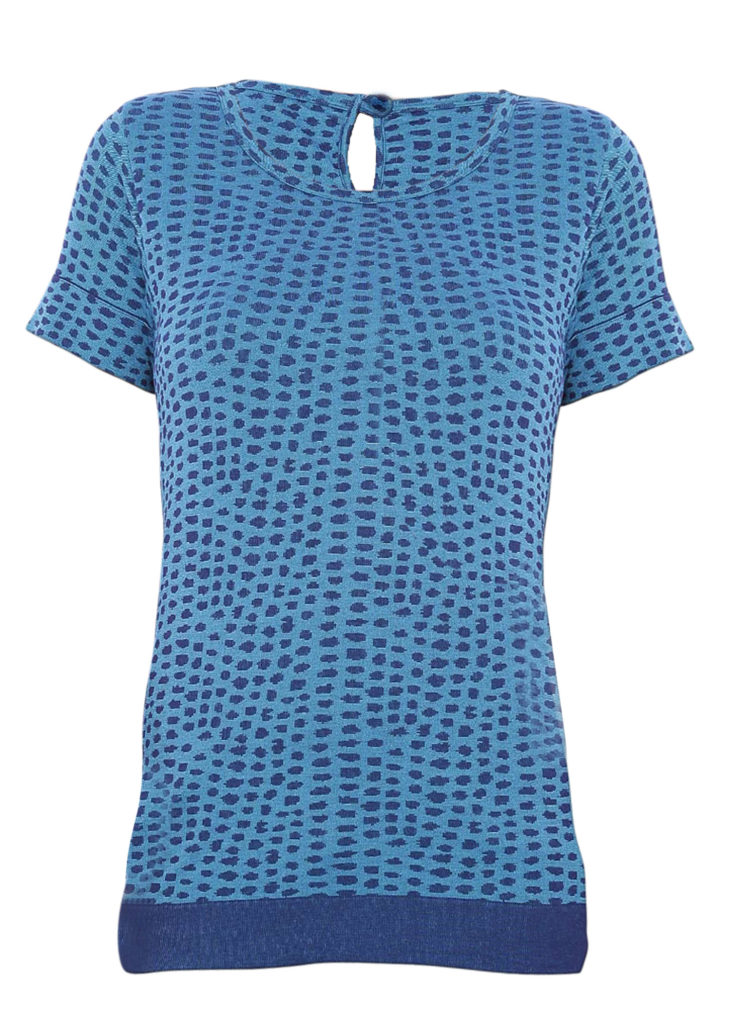
Textile Development
The first BRICS Trade Fair and Exhibition was held before the BRICS political summit this
year as a major initiative was proposed Prime Minister Narendra Modi. The fundamental premise for this came from the fact that measures like this need to be taken to deepen intra-BRICS economic engagement, trade and investment ties. The trade fair showcased 20 key sectors including textiles and apparel. The most important development under BRICS has been the creation of the New Development Bank which aims to serve as a source of finance for developing and emerging economies to meet their developmental needs. The four original BRIC countries are expected to represent 47 per cent of global GDP by 2050, which would dramatically change the list of the world’s 10 largest economies. “An important change that we may expect over the medium to long term is that the top 10 countries in terms of GDP may be different from the top 10 countries in terms of per capita GDP. The inherent strength of the BRICS emanates from strong domestic demand-based economies in the case of India and Brazil and the significant outward linkages of China and Russia. We can comfortably say that BRICS Region is providing textiles of all types to 7 billion people of the world. Everybody wherever they are using some textiles products manufactured by BRICS Region. The Textile and apparel industry participates with equivalent amounts to 4.1% of the total Brazilian GNP, and 17.2% showing that this is an industry of great relevance for the Brazilian economy, and has strong social impact. The textile production worldwide grew 97% for the last ten years, international trade in textile and clothing grew by 175%, if we consider only the clothing, and the growth was even greater, 220% over the same period,” says Arvind Sinha, Business Advisors Group, Mumbai, according to a Textile Association (India) report.
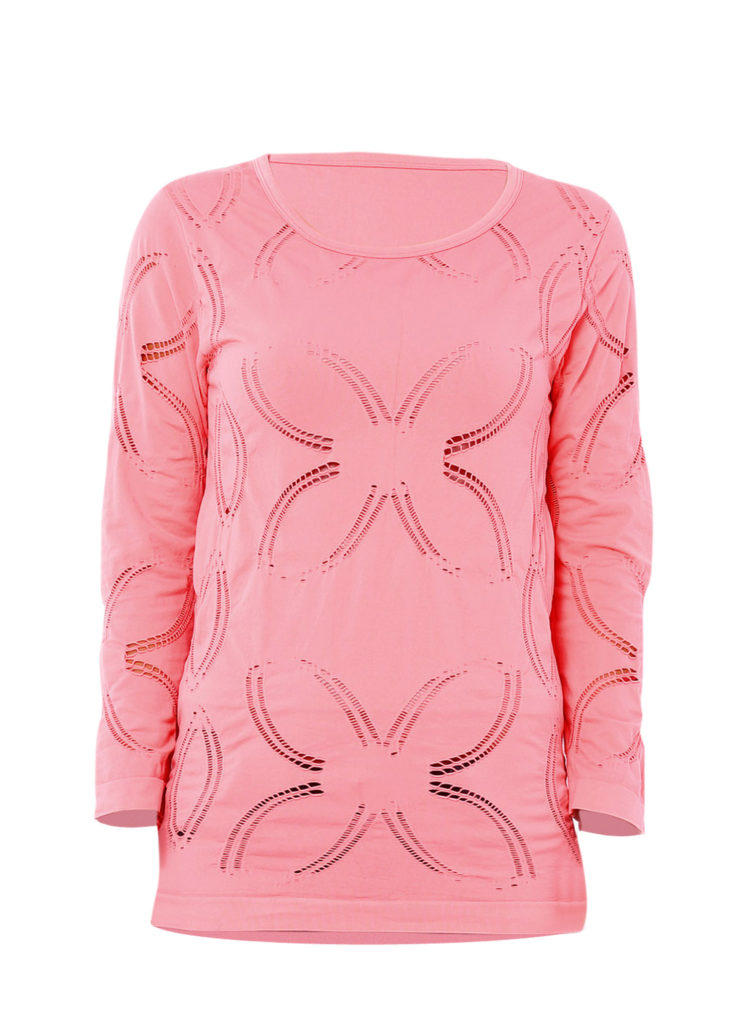
Apparel Matters
While the impact on apparel industry will be not be immediate, there is a general consensus that things will change over the longer term. “The meeting held between Shri. Narendra Modi and Chinese President Xi Jinping is a positive step for improving the bilateral relationship between the two countries. As they discussed that terrorism should not be a reason that affects relations between the countries. If this actually happens, the trade sector, including apparel sector wouldn’t be affected. If not, there might be an impact on the apparel industry, but we believe that Indian ‘apparel industry is resilient even to weather these storms,” adds Modani. Vineet Chhajer, Director, Vineet’s Sarees explains, “China though, an essential part of BRICS is the biggest competition in the textiles in the BRICS countries but our textile sector in India is now upgraded and with the advent of new import restriction is shaping well to take the competition head on. The Handloom sector has taken a major revamp and The Mills in Surat are at par (if not ahead) with the best in the world. The Imports have decreased from China but that is not because of BRICS summit but because of a general mood in the country towards Chinese Products and their dual policy towards Pakistan and terrorism.”
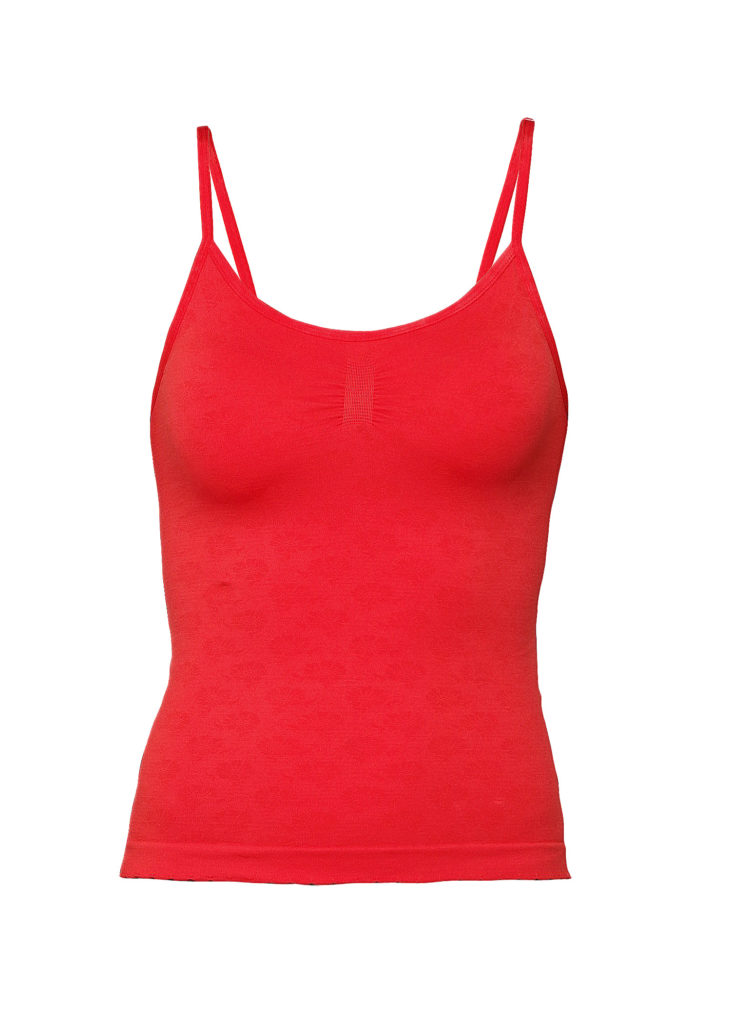
SWOT Analysis
The general consensus is that all opportunities can be explored only if terrorism is kept away from trade and business as an industry in totality. The challenges would arise if issues with China are not completely resolved, as India will have to strengthen their trade ties with other countries who can better the businesses in India. Case in point is the improved relationship with Japan as seen in their commitment to contribute to the bullet train project. India and Brazil signed four MoUs, which could further strengthen ties between these two countries. “Growing demand of garments in Brazil, Russia and South Africa – three important economies in the five-member BRICS block – gives an immense business opportunity to Pakistan’s textile industry to expand sustainable production,” says Modani. Clothing demand is rapidly increasing in the emerging markets of South Africa, Russia and Brazil. Garment sales are growing eight times higher in developing emerging economies compared with the developed world. Two other BRICS-members China and India are also lucrative markets but these two economies already produce all types of clothing to cater their domestic markets. Pakistan’s apparel manufacturers could grab the fast-growing clothing market. Millions of people are entering the middle class market every year in the developing countries. The main challenge is not price, but sustainable production.
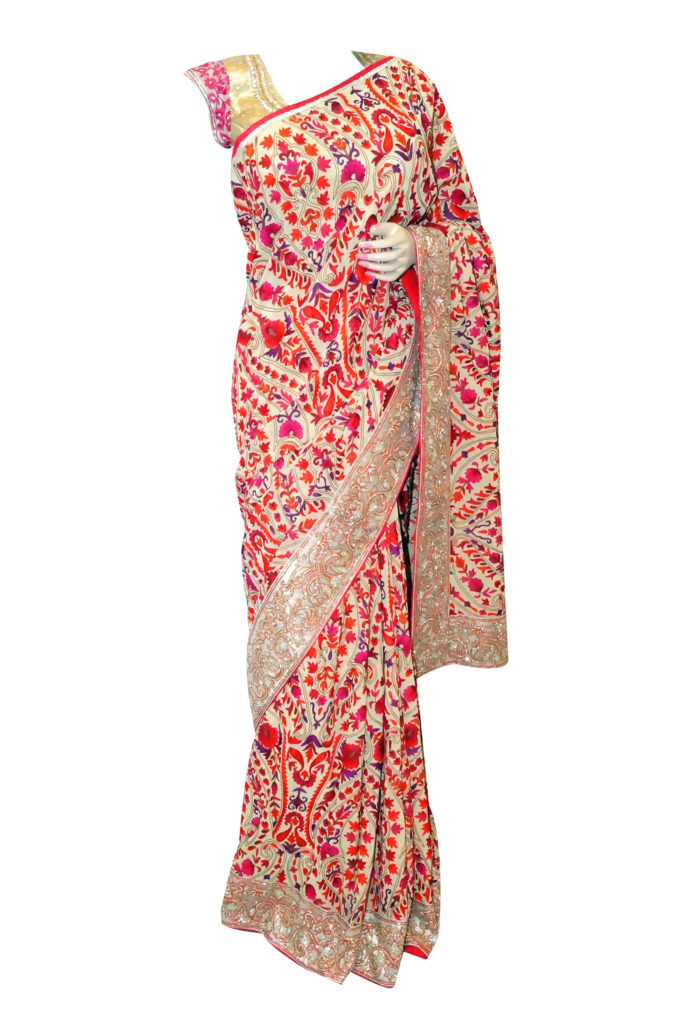
Government Impetus
The opportunities lie for India in manufacturing setup in the remaining countries like Brazil, Russia and South Africa. “Our handloom is the best in the world and am sure the trade would be boosted in these countries and that too at premium pricing. Although our government is taking steps to revitalize the Indian economy, the MSME’s could be taken special care of by providing better setup, aid and upgradation. The ongoing scenario of world economies has not been the best and most supportive. I think it is time our government to help boost trade and smooth business and trade,” concludes Chhajer.
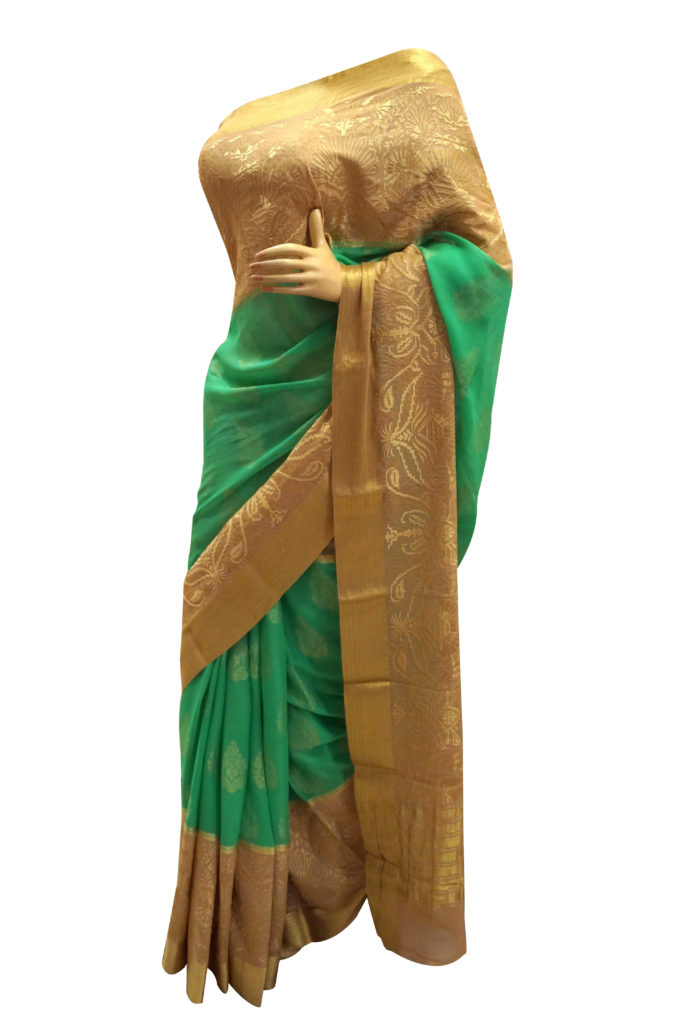
This story appeared in the Nov-2016 issue of Apparel India: INSIGHTS – BRICS FOR A BETTER FUTURE
